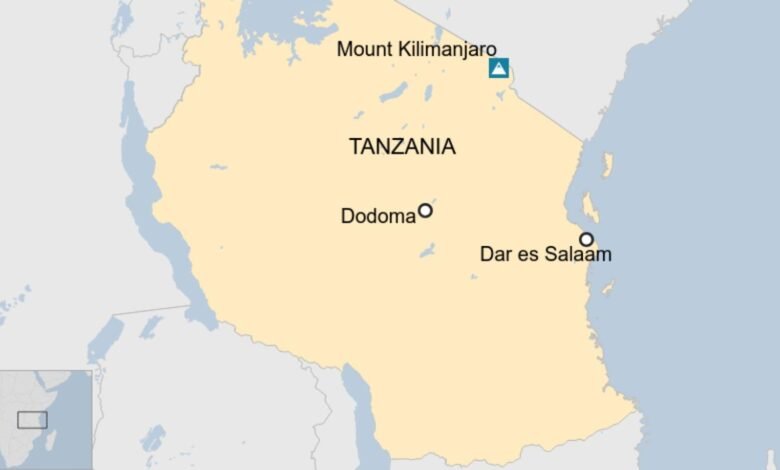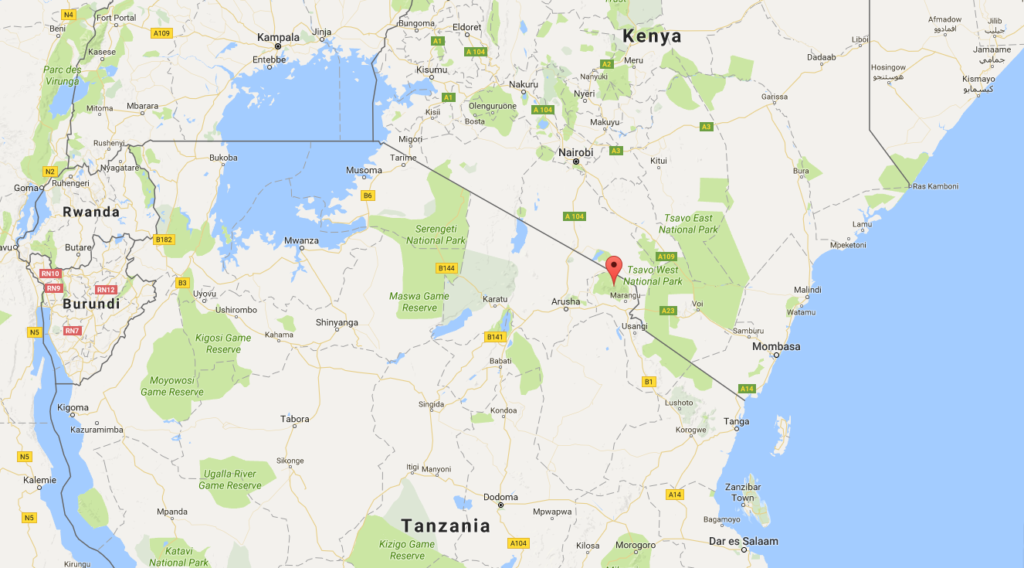Africa Map:1d04vkikyl0= Mt Kilimanjaro

Africa Map:1d04vkikyl0= Mt Kilimanjaro, the apex of Africa at 5,895 meters, is not merely a geographical landmark but a confluence of diverse ecosystems and rich cultural narratives. Positioned in northeastern Tanzania, its three volcanic cones present unique geological formations, while the varying climatic zones foster a wealth of flora and fauna, some of which are endemic. Furthermore, the mountain holds significant cultural importance for local communities, serving as a symbol of identity and heritage. This intricate tapestry of natural and cultural elements invites further exploration into the challenges and experiences that define Kilimanjaro’s allure.
Geographical Location of Kilimanjaro
Africa Map:1d04vkikyl0= Mt Kilimanjaro, situated in northeastern Tanzania, is the highest peak in Africa, rising to an elevation of 5,895 meters (19,341 feet) above sea level.
This majestic mountain’s geographical location plays a crucial role in its diverse ecosystems and climate impact.
Its unique geological formation, comprising three volcanic cones, reflects the intricate interplay between tectonic processes and climatic variations, shaping both the landscape and biodiversity.
Read more: Aesthetic:Bptxpoqihmw= Cute:2u-Bqxoije0= Fall Background
Climbing Routes and Challenges
Climbers frequently encounter a range of routes on Kilimanjaro, each presenting distinct challenges and unique experiences.
Mastery of climbing techniques is essential to navigate varying terrains, from steep ascents to rocky passages.
Additionally, the risk of altitude sickness looms large, necessitating careful acclimatization strategies.
Understanding these factors is crucial for a successful summit attempt and ultimate enjoyment of this majestic peak.
Flora and Fauna Diversity
Nestled within the diverse ecosystems of Kilimanjaro, the flora and fauna present a captivating tapestry that reflects the mountain’s unique climatic zones and altitudinal gradients.
Each ecological zone hosts a variety of endemic species, such as the Kilimanjaro tree hyrax and unique alpine plants, essential for maintaining biodiversity.
This rich biological diversity underscores the ecological significance of Kilimanjaro, emphasizing conservation needs for future generations.

Cultural Significance and Heritage
Kilimanjaro serves as a profound symbol of cultural heritage, intertwining the traditions and beliefs of the local communities with the mountain’s imposing presence.
The Maasai traditions, rich in storytelling and rituals, resonate deeply within the region, often celebrated during local festivals that honor nature and ancestry.
This vibrant cultural tapestry enhances the mountain’s significance, fostering a sense of identity and continuity among its inhabitants.
Read more: Aesthetic:Xhx1m_Ggmcy= Cute:5kom-Kcsfl8= Profile Picture
Conclusion
Africa Map:1d04vkikyl0= Mt Kilimanjaro stands as a towering sentinel over the African landscape, embodying both natural grandeur and cultural richness. Its majestic peaks beckon adventurers, while the vibrant ecosystems beneath its slopes teem with life, weaving a tapestry of biodiversity. The mountain’s deep-rooted cultural significance resonates through the traditions of local communities, transforming it into a symbol of identity and resilience. Ultimately, Kilimanjaro serves as a profound reminder of the intricate relationship between nature and humanity in a region steeped in history.






